
(JULY 11, 2010) Today on the Riverwalk I started thinking about the cormorants. I didn't see any today because it doesn't seem to be the season for them to be perching in the spot of the river where I regularly see them. But, they will be back.
It was these creepy black water birds that first intrigued me about the fowl on the Dan River. I never knew their name, had never seen them until a few years ago, and now I see them everywhere.
This week on the Chesapeake Bay
 I saw four birds flying close to the water and realized, after taking a picture, that these are the cormorants that I see on the Dan River.
I saw four birds flying close to the water and realized, after taking a picture, that these are the cormorants that I see on the Dan River. Last summer, in Sweden, I saw a cormorant on a rock with a sea gull.
Shortly after realizing what these birds were, I talked with a fellow walker on the trail who told me that he had actually gone "fishing with the cormorants" when he was in China. As it turns out, these birds are used in Asian countries for fishing. It is an age old custom for them to dive into the water, with a leash on their leg and a ring around their necks to keep them from swallowing the larger fish, and be reeled in with fish in their throats. The fishermen then push the fish out of the birds' throats and then send them back for more fish. This has been done for centuries, but now, according to my friend, it is done now mostly for tourists since there are now more efficient ways of fishing.
The cormorants are fishing marvels. They swim underwater faster than other waterbirds because their feathers don't have the water proofed down of other water birds.
 Therefore, when they come up, they perch on a log or in a tree and spread their large wings for drying in the sun. This is when they look like large evil Gothic birds.
Therefore, when they come up, they perch on a log or in a tree and spread their large wings for drying in the sun. This is when they look like large evil Gothic birds.In the fall I went to the river several evenings right at about dark and watched these interesting birds as they gathered on the river near a large nearly submerged tree in the middle of the river. A group of perhaps 20 were crowded, each evening, on a submerged tree and another 40 or so would be swimming in the water. These birds swim low in the water with their bodies nearly level to the surface and their serpentine necks standing tall. Right at dark, the birds in the water would take off as a group - running across the water before taking flight. Soon the river would hold all of the birds from the tree and they began their flights.
Once airborne, the birds would circle over head like prehistoric flying creatures and eventually land in the trees across the river where they would perch for the night. As they landed on a tree branch, their bodies arched in a C-shape. There they stayed until dusk when they would fly off to feed and then return that evening to carry out their daily ritual, a little earlier since dark comes a minute or so earlier each day in the fall.
It was a very good day on the Riverwalk, though I didn't see any cormorants this morning.
.jpg)


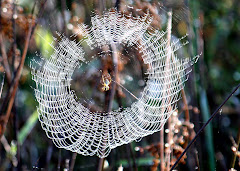


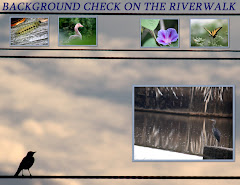
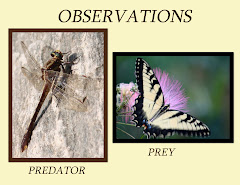





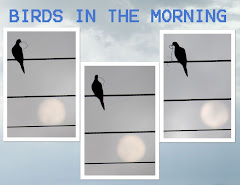


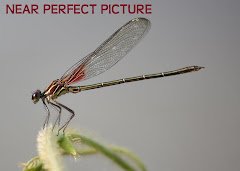
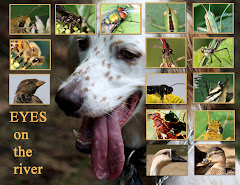

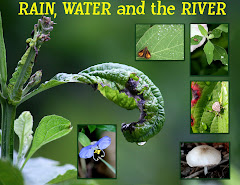

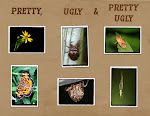

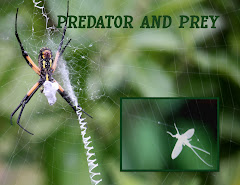



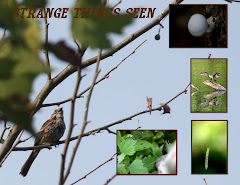
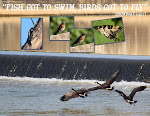


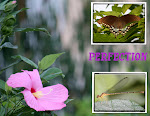
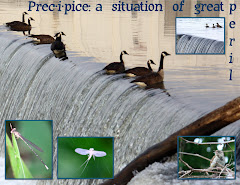

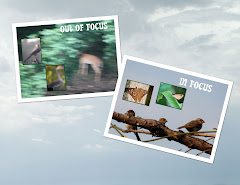
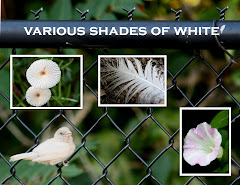
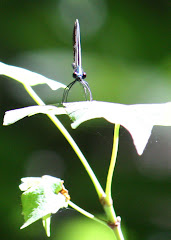
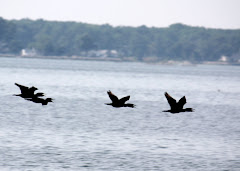


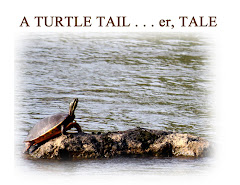
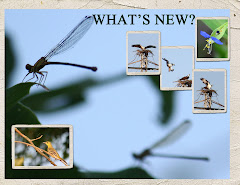

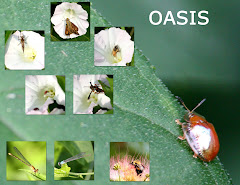

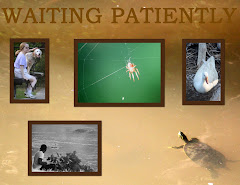

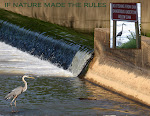




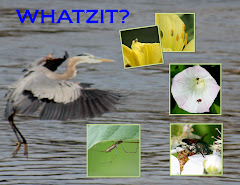

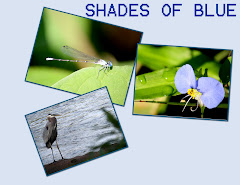
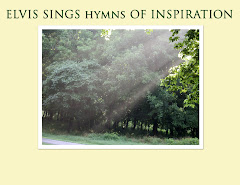
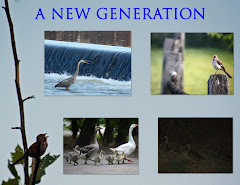

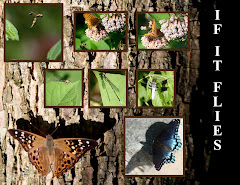
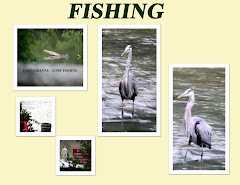
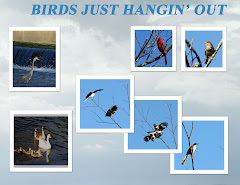
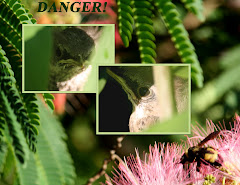


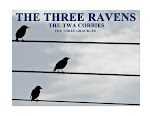




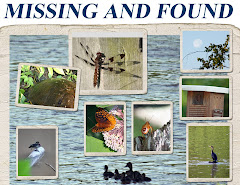

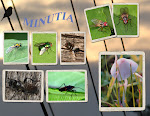
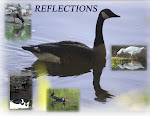
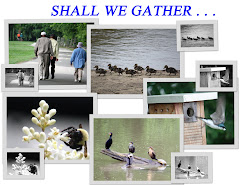
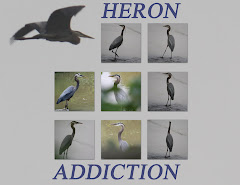
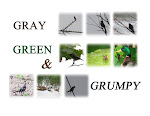

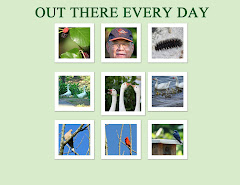
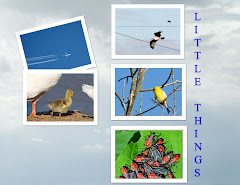
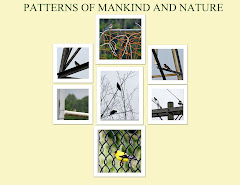
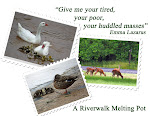



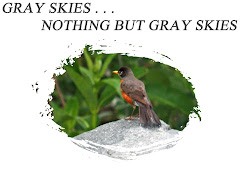
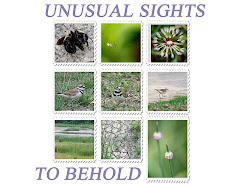
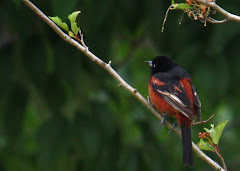



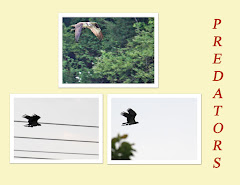
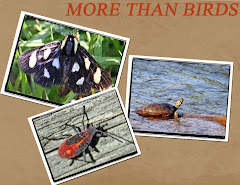
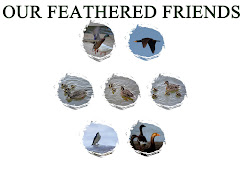

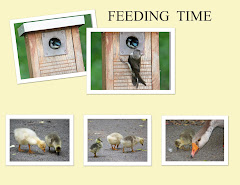
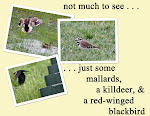
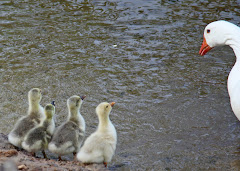
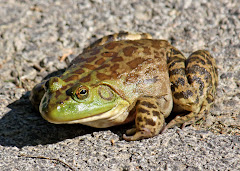
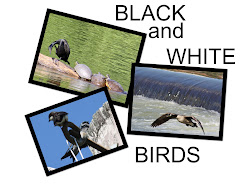

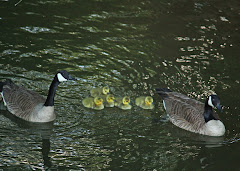
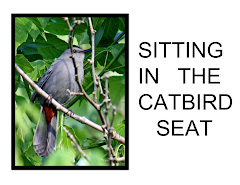

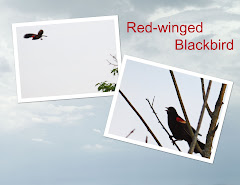
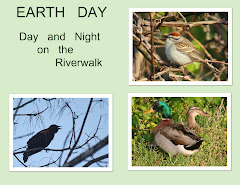
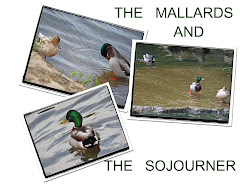
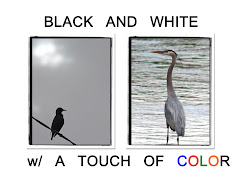


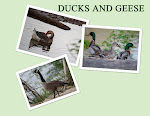
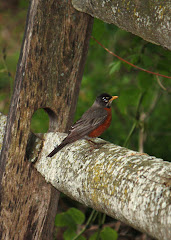


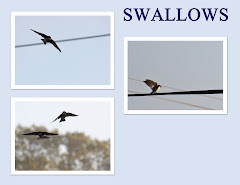


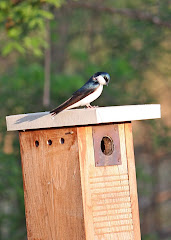
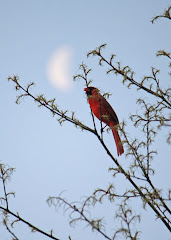

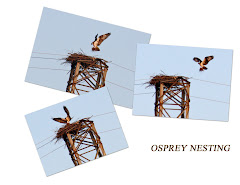


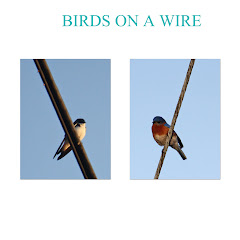

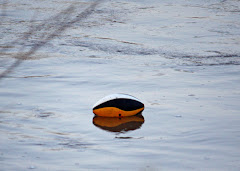
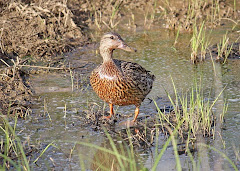
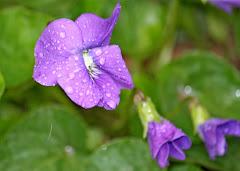
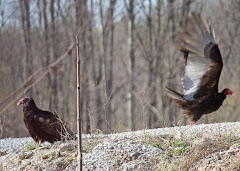
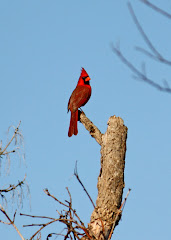
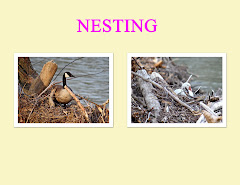
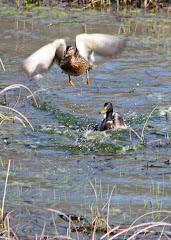
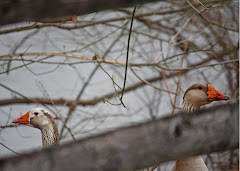
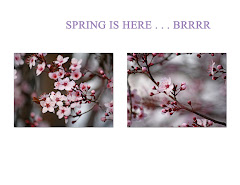
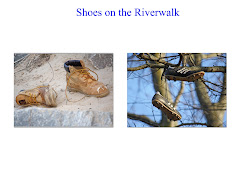
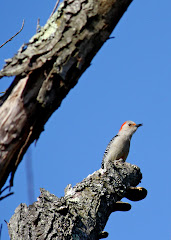

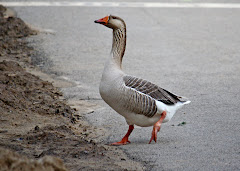
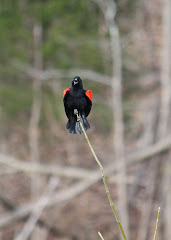
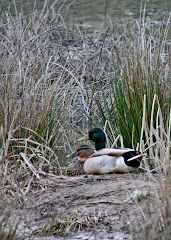

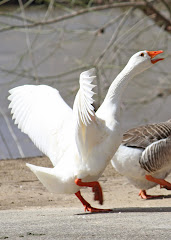
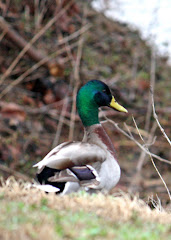

No comments:
Post a Comment